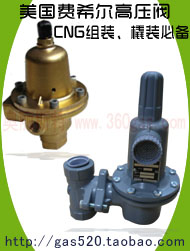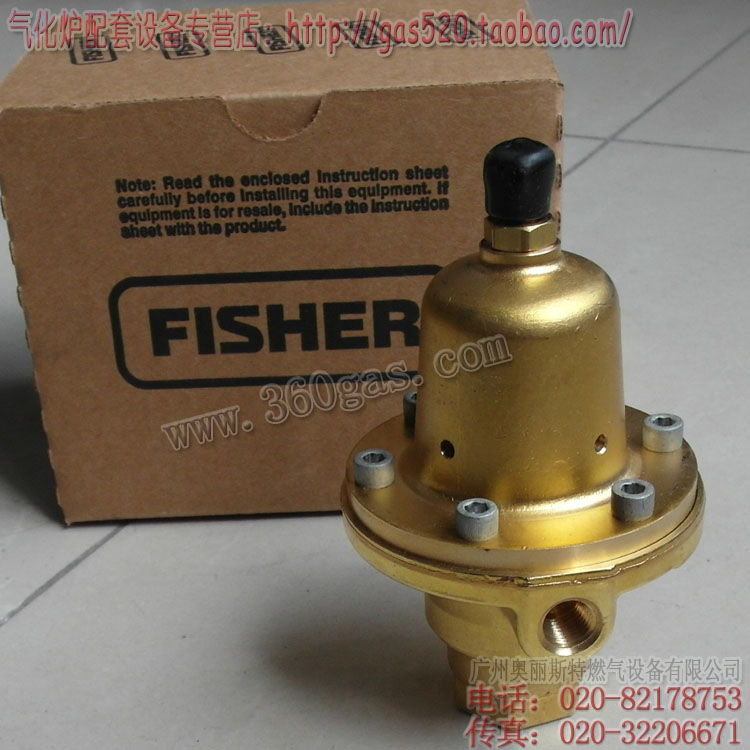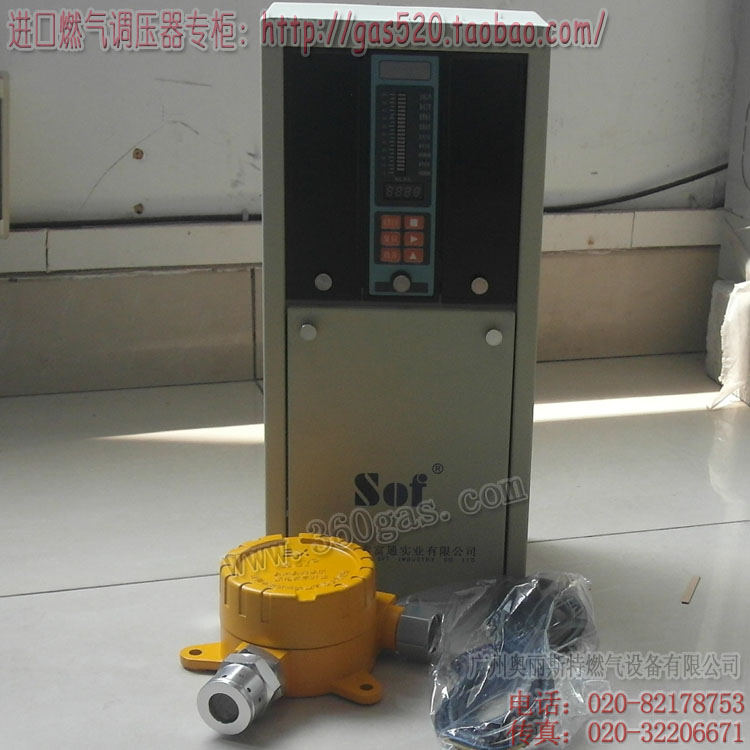位置:首页 > 燃气资讯 > Terntank Orders Ta
Terntank Orders Tankers with New Wartsila Dual-Fuel Engine
浏览次数 786 , 日期 2013-12-12 , 燃气设备 加入收藏
Terntank Rederi A/S, a Denmark based tanker operator, has placed orders for two new liquefied natural gas (LNG)-driven 15,000 DWT tankers with delivery planned for February and May 2016. The order also includes an option for two more vessels. Terntank has selected the new Wärtsilä 2-stroke, low pressure, dual-fuel engine, providing notable economic and environmental advantages over other technologies.
The dual-fuel engine is IMO Tier III emissions compliant in gas mode without need of NOx abatement equipment. The vessels emission of particles will be reduced by more than 90%, NOx by 80% and CO2 by 35%.
“We will be using a large propeller together with a large main engine that only needs 65% of the maximum effect to reach a service speed of 14.5 knots. With LNG having a 10 to 15 percent better energy value compared to marine gasoil and with an optimized underwater hull design the vessels will have a fuel consumption of between 13.5 and 14.0 ton per day compared to today’s 22 ton for existing vessels of similar size,” says Jens P Buchhave, Managing Director of Terntank Rederi A/S.
The selection of the Wärtsilä RT-flex50DF engine is a central feature of Terntank’s ‘Into the future – Baltic SO2lution’ project, which is in response to the European Commission’s TEN-T call 2013 whereby “Motorways of the sea actions” are identified to promote the sustainability and safety of transport, and to improve either existing or new maritime links. The project supports the development of more environmentally sustainable and energy efficient shipping in the Baltic Sea region, and the building of an LNG infrastructure. Since the Baltic Sea is a designated Emissions Control Area (ECA), the use of LNG as fuel is seen as being an effective means of attaining cost-efficient regulatory compliance.
The dual-fuel engine is IMO Tier III emissions compliant in gas mode without need of NOx abatement equipment. The vessels emission of particles will be reduced by more than 90%, NOx by 80% and CO2 by 35%.
“We will be using a large propeller together with a large main engine that only needs 65% of the maximum effect to reach a service speed of 14.5 knots. With LNG having a 10 to 15 percent better energy value compared to marine gasoil and with an optimized underwater hull design the vessels will have a fuel consumption of between 13.5 and 14.0 ton per day compared to today’s 22 ton for existing vessels of similar size,” says Jens P Buchhave, Managing Director of Terntank Rederi A/S.
The selection of the Wärtsilä RT-flex50DF engine is a central feature of Terntank’s ‘Into the future – Baltic SO2lution’ project, which is in response to the European Commission’s TEN-T call 2013 whereby “Motorways of the sea actions” are identified to promote the sustainability and safety of transport, and to improve either existing or new maritime links. The project supports the development of more environmentally sustainable and energy efficient shipping in the Baltic Sea region, and the building of an LNG infrastructure. Since the Baltic Sea is a designated Emissions Control Area (ECA), the use of LNG as fuel is seen as being an effective means of attaining cost-efficient regulatory compliance.








